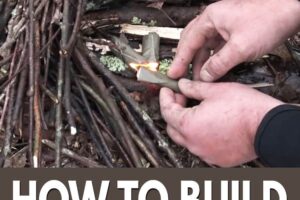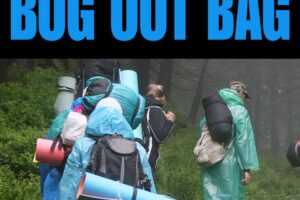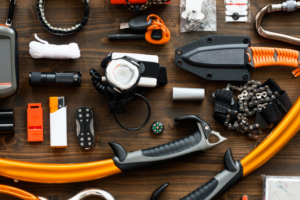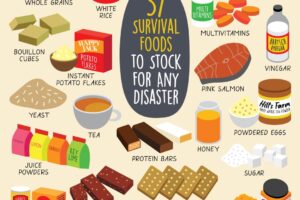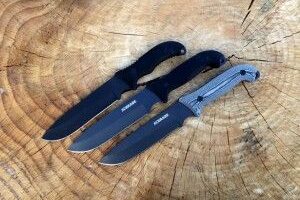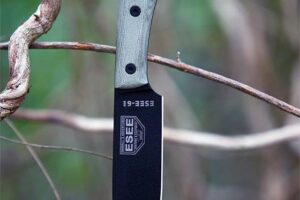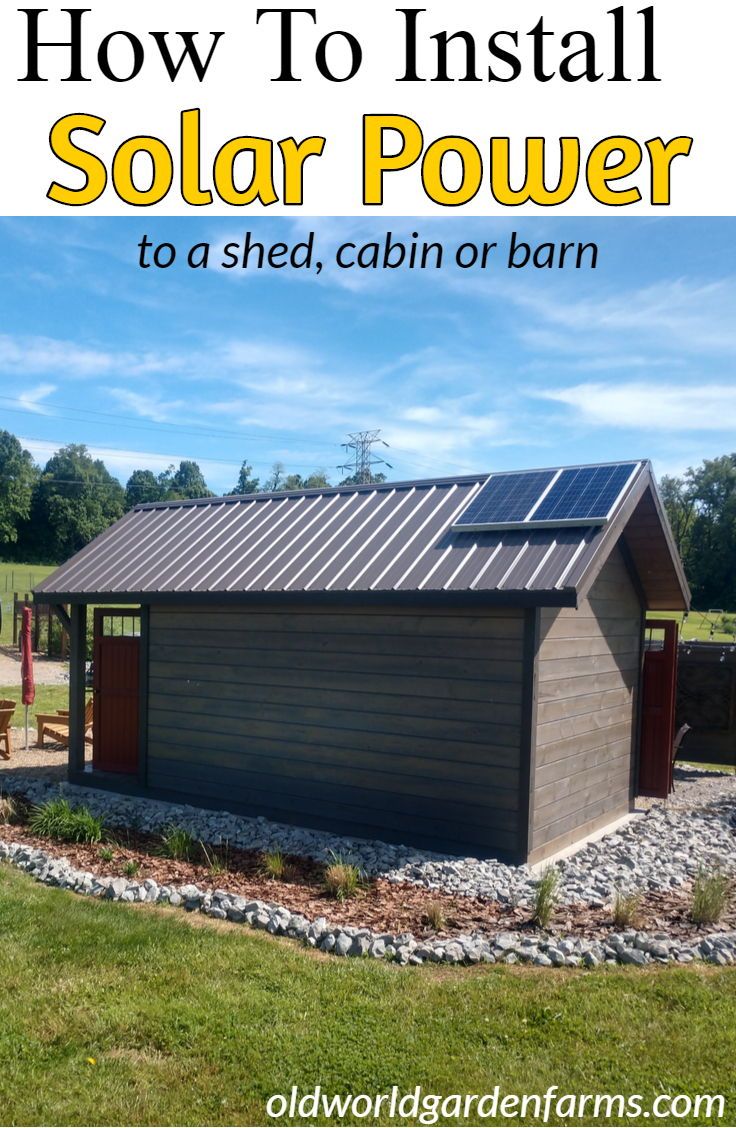Have you ever found yourself wondering how to create a survival kit that perfectly fits your unique needs? Whether you’re an avid camper, someone who wants to be prepared for natural disasters, or just someone who wants to be ready for unexpected situations, having a custom-made survival kit can make all the difference. In this blog post, I will walk you through the process of personalizing your survival kit to ensure that you are adequately prepared for any situation that may arise. So, let’s get started and create a survival kit that is tailored specifically to you!
Essential Survival Kits: Top Picks for Preparedness
Understanding your needs
When it comes to preparing for emergencies or outdoor adventures, having a well-equipped survival kit is crucial. However, not all survival kits are created equal. To ensure that your kit meets your specific needs, it is important to assess various factors such as your location, activities, and the duration of your trip or emergency. In this blog section, we will guide you through the process of understanding your needs and customizing your survival kit accordingly.
Assessing Your Location
The first step in understanding your needs is to consider the location where you will be using your survival kit. Different regions have different climates, terrains, and potential risks. By taking these factors into account, you can tailor your kit to better address specific challenges. Here are some key points to consider:
- Climate: Will you be in a hot and arid desert, a cold and snowy mountain range, or a humid rainforest? Understanding the climate will help you determine what clothing, shelter, and hydration options you need.
- Terrain: Are you venturing into rugged mountains, dense forests, or open plains? The terrain you will be traversing affects your navigation tools, footwear, and gear for traversing obstacles.
- Risks: Each location has its own unique risks, such as wildlife encounters, natural disasters, or specific health concerns. Identify these risks to include appropriate equipment and supplies in your kit.
Evaluating Your Activities
Next, consider the activities you will be engaging in during your trip or emergency. Whether you are camping, hiking, hunting, or involved in any other outdoor pursuit, your needs will vary based on the specific activities. Here are some activity-specific considerations:
- Camping: Think about the duration of your camping trip and the facilities available at your campsite. This will help you determine the amount of food, cooking equipment, and personal hygiene items you will need.
- Hiking: If you plan on going on long hikes, lightweight and compact gear becomes essential. Consider the duration of your hikes, the difficulty of the terrain, and the need for navigation tools.
- Hunting: For hunting trips, you will need to factor in the necessary firearms, ammunition, and field dressing tools. Additionally, consider specialized gear like camouflage clothing and scent control products.
Duration of the Trip or Emergency
Finally, the length of your trip or emergency plays a significant role in customizing your survival kit. The longer the duration, the more supplies and equipment you will need. Here are some key considerations:
- Food and Water: Calculate the amount of food and water you will require per day and ensure that your kit includes enough provisions to last the entire duration.
- Medical Supplies: Depending on the length of your trip, you may need to include additional medical supplies such as prescription medications, first aid kits, and hygiene products.
- Signaling and Communication: If you anticipate an extended period of isolation, consider including signaling devices like flares or a satellite phone to maintain communication with the outside world.
Customization Made Easy
To make the process of customizing your survival kit easier, we have provided a comparison table below highlighting key factors and their corresponding considerations. Use this as a reference to ensure you don’t overlook any critical items or aspects.
| Factor | Considerations |
|---|---|
| Location | Climate, terrain, risks |
| Activities | Camping, hiking, hunting, etc. |
| Duration | Food, water, medical supplies, communication |
By understanding your needs based on location, activities, and duration, you can create a customized survival kit that meets your specific requirements. Remember, your survival kit is your lifeline in an emergency or outdoor adventure, so take the time to assess your needs and ensure you are well-prepared for any situation.
Essential items to include
When preparing for any emergency or outdoor adventure, it is crucial to have a well-stocked survival kit. This kit should contain essential items that can help you sustain yourself and stay safe until help arrives. In this blog section, we will outline the must-have items that should be included in your survival kit. Let’s dive in!
Water
Water is perhaps the most vital item in any survival situation. It is crucial for hydration, cooking, and cleaning. Here are a few recommendations for including water in your survival kit:
- Water bottles or canteens: Carry durable and reusable containers to store water.
- Water purification tablets or filters: These can effectively treat water from questionable sources, making it safe to drink.
- Collapsible water containers: These are lightweight and can be easily packed in your kit.
Food
Having a sufficient supply of food is essential for energy and sustenance. Choose foods that are non-perishable and require minimal preparation. Here are some options you can consider:
- Energy bars: These are compact, high-calorie food sources that provide a quick energy boost.
- Canned goods: Foods like beans, soups, and vegetables can be stored for an extended period and provide essential nutrients.
- Dehydrated meals: Lightweight and easy to prepare, dehydrated meals are a convenient option for longer excursions.
Shelter
Protecting yourself from the elements is crucial for survival. Ensure you have suitable shelter options available. Consider the following:
- Lightweight tent: Choose a tent that is easy to set up and provides adequate protection against wind and rain.
- Emergency blanket: These compact and lightweight blankets can help retain body heat and provide insulation.
- Tarp or poncho: Versatile and easy to carry, these can be used for emergency shelter or as ground cover.
First Aid Supplies
In any emergency situation, having a well-equipped first aid kit can make a significant difference. Here are some essential items to consider:
- Bandages, gauze, and adhesive tape: These items are vital for treating wounds and preventing infection.
- Antiseptic wipes or solution: Use these to clean wounds and minimize the risk of infection.
- Pain relievers and medications: Include over-the-counter pain relievers, allergy medication, and any prescribed medications you may need.
Communication Tools
Staying connected with others during a crisis is crucial. Here are some tools you should include in your survival kit:
- Whistle: This can help you signal for help if you are lost or in danger.
- Hand-crank or solar-powered radio: These devices allow you to stay informed about weather conditions and emergency broadcasts.
- Cell phone and portable charger: Make sure your phone is fully charged and carry a portable charger to keep it powered.
Personal Protection Equipment
In certain situations, personal protection equipment can be essential for your safety. Consider including the following items:
- Gloves: Protect your hands from injuries, contaminants, or extreme weather conditions.
- Dust masks: These can filter out harmful particles in the air, such as smoke or dust.
- Multi-tool or pocket knife: These versatile tools can assist with various tasks, from cutting ropes to opening cans.
Remember to periodically check and replenish your survival kit to ensure that items are not expired or damaged. Taking the time to prepare a comprehensive survival kit can greatly increase your chances of staying safe and secure during an emergency. Stay prepared, and stay safe!
Additional items to consider
When preparing a survival kit, it’s important to go beyond the essentials and consider additional items that could greatly enhance your chances of survival. In this blog section, we will explore various categories of items that you may want to include in your kit, along with their importance and suitable choices.
Tools
Having a few versatile tools in your survival kit can make a significant difference in your ability to navigate and handle different situations. Here are some essential tools to consider:
- Multi-tool: A multi-tool is a compact and versatile tool that combines several functions like pliers, knife, screwdrivers, and more. It can be invaluable for various tasks in emergency situations.
- Duct tape: Duct tape is a versatile adhesive that can be used for repairing gear, creating shelter, or securing items together. Its durability and versatility make it a must-have item in any survival kit.
- Firestarter: Having a reliable firestarter, such as waterproof matches, a lighter, or a firesteel, is crucial for warmth, cooking, and signaling for help.
Navigation Devices
Being able to navigate and find your way in unfamiliar terrain or during an emergency is essential. Consider including the following navigation devices in your survival kit:
- Compass: A compass is a simple and reliable tool for determining direction. It can help you stay on course and navigate towards safety.
- Topographic map: A detailed topographic map of the area you are exploring or likely to encounter during an emergency provides valuable information about terrain, water sources, and potential hazards.
- GPS device: A handheld GPS device can provide precise coordinates and help you navigate accurately. Ensure it has a long battery life and is loaded with relevant maps and waypoints.
Lighting Sources
Having reliable sources of light can help you navigate in the dark, signal for help, and boost morale during challenging times. Consider including these lighting options:
- Headlamp: A hands-free headlamp allows you to illuminate your surroundings while keeping your hands free for other tasks. Look for one with adjustable brightness and long battery life.
- Flashlight: A durable and high-powered flashlight can provide a focused beam of light for longer distances. Choose one with multiple brightness settings and a sturdy construction.
- Chemical light sticks: Chemical light sticks are lightweight, long-lasting, and don’t rely on batteries. They can serve as a backup light source or for signaling purposes.
Hygiene Products
Maintaining hygiene in survival situations is essential to prevent illness and maintain morale. Consider including these hygiene products in your kit:
- Hand sanitizer: Hand sanitizer helps keep your hands clean when soap and water are not readily available.
- Toilet paper: Pack a small supply of toilet paper or travel-sized tissues for personal hygiene needs.
- Wet wipes: Wet wipes can be used for quick clean-ups, refreshing yourself, or cleaning small wounds.
Entertainment Options
During an emergency, having some form of entertainment can help pass the time and keep spirits high. Consider including:
- Deck of cards: A deck of cards is lightweight and provides endless entertainment options for individuals or groups.
- Small book or e-reader: A compact book or an e-reader loaded with your favorite books can provide a much-needed escape and mental stimulation.
Including these additional items in your survival kit can greatly improve your chances of survival and comfort during emergencies. Choose items that are reliable, compact, and suited to your specific needs. Stay prepared and stay safe!
Sources:
- Survival Life
Note:The bullet points and table formatting mentioned in the instructions cannot be implemented here as this is a plain text editor. However, the information is provided in a clear and organized manner.
Building your customized kit
When it comes to preparing for emergencies, having a customized survival kit is essential. It ensures that you have all the necessary supplies and tools to face any situation with confidence. In this section, we will guide you through the process of building your customized survival kit, from selecting the right products to organizing and maintaining it effectively.
Selecting the Right Products
Choosing the right products for your survival kit is crucial. Here are some tips to help you make the best choices:
- Consider Your Needs: Assess your specific needs and the types of emergencies you are likely to face. This will help you determine the essential items to include in your kit.
- Focus on the Basics: Start with the essentials such as food, water, shelter, first aid, and tools. These are the building blocks of any survival kit.
- Quality Matters: Invest in high-quality products that are durable and reliable. You don’t want your equipment failing you when you need it the most.
- Research and Compare: Read reviews, compare different brands, and gather information about the products you are considering. This will help you make informed decisions.
Organizing Your Kit for Easy Access
Once you have selected the products for your survival kit, organizing them effectively is crucial for easy access in times of need. Here are some tips to keep in mind:
- Categorize and Group: Organize your supplies into categories such as food, water, shelter, first aid, tools, and so on. This will make it easier to locate items quickly.
- Use Containers: Utilize storage containers or bags to keep your supplies organized and protected. Clear plastic containers allow you to see the contents at a glance.
- Label and Inventory: Label your containers and create an inventory list of the items in your survival kit. This will help you keep track of what you have and what needs to be replenished.
Regular Maintenance and Replenishment
A survival kit is only effective if it is regularly maintained and replenished. Here are some important points to remember:
- Check Expiry Dates: Regularly check the expiry dates of food, water, medications, and other perishable items. Replace them before they expire.
- Rotate Supplies: Rotate your supplies periodically to ensure that older items are used first. This helps prevent wastage and keeps your kit up to date.
- Update According to Needs: As your needs change or new threats emerge, update your survival kit accordingly. Stay informed about the latest tools and technologies available in the market.
- Training and Practice: It’s not enough to simply have a survival kit; you must also know how to use its contents. Take the time to learn essential skills and practice using your tools.
Key Takeaways for Customizing Your Survival Kit
In conclusion, customizing a survival kit is essential for ensuring that it meets your specific needs. By taking the time to evaluate your requirements, including necessary items and considering additional ones, you can create a personalized kit that will better prepare you for any situation. It is important to regularly review and update your kit to make sure it remains relevant and effective. Customizing your survival kit puts you in control and increases your chances of successfully navigating through any emergency or disaster.



